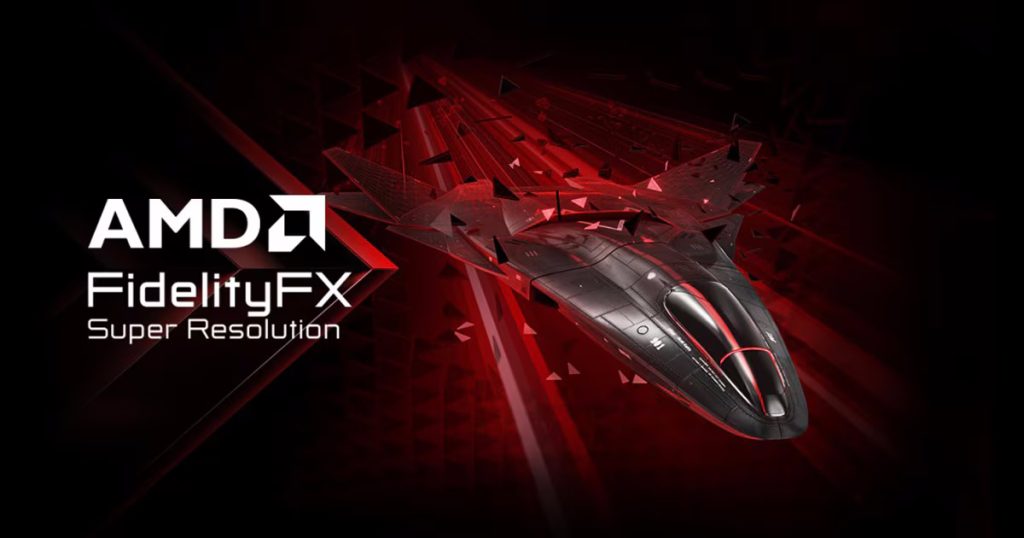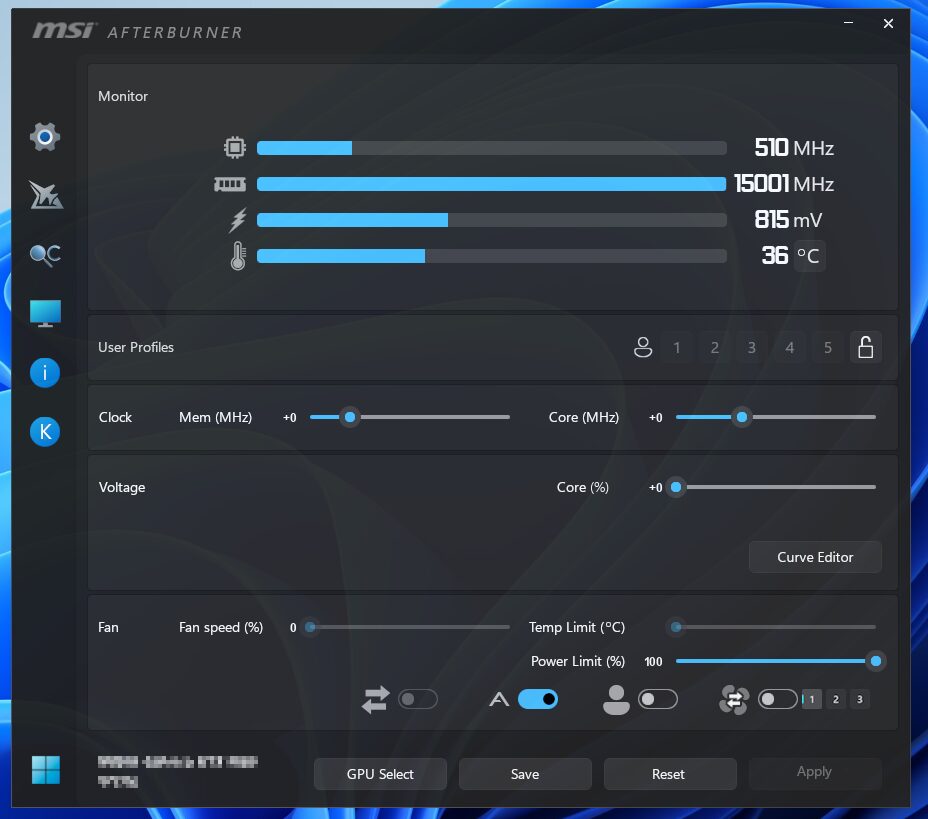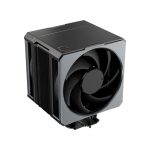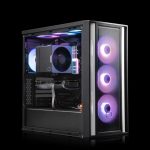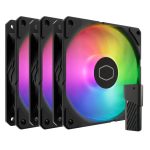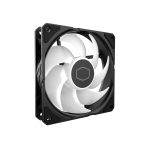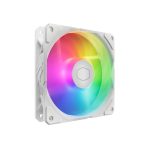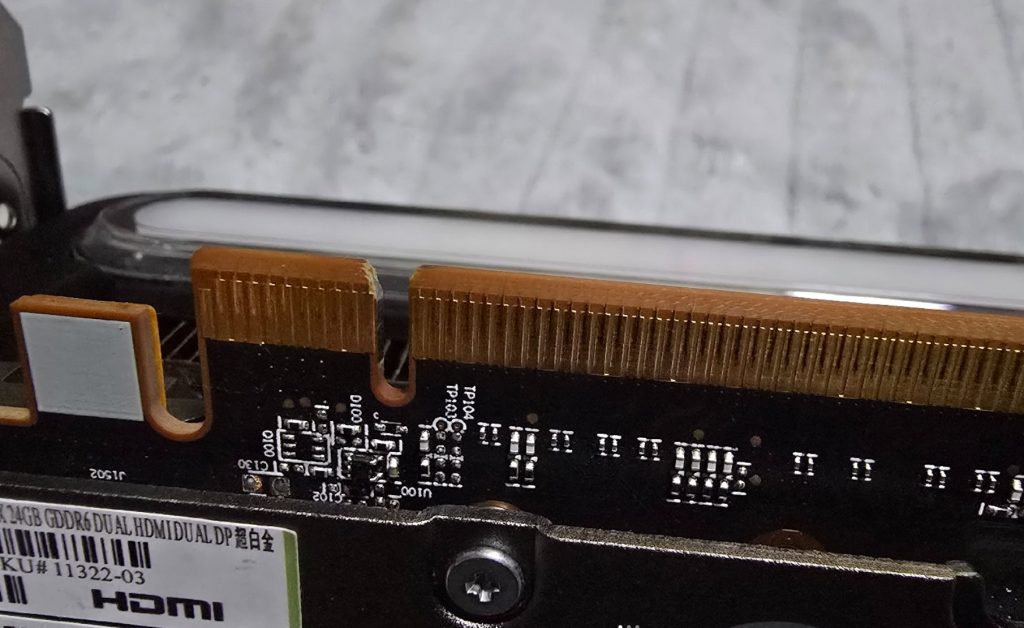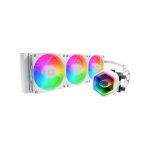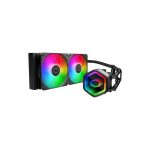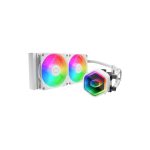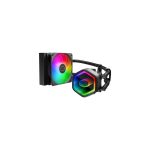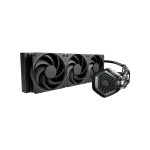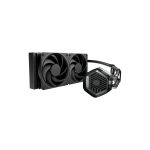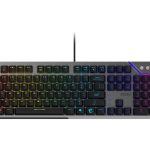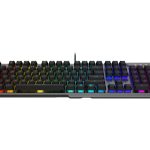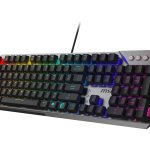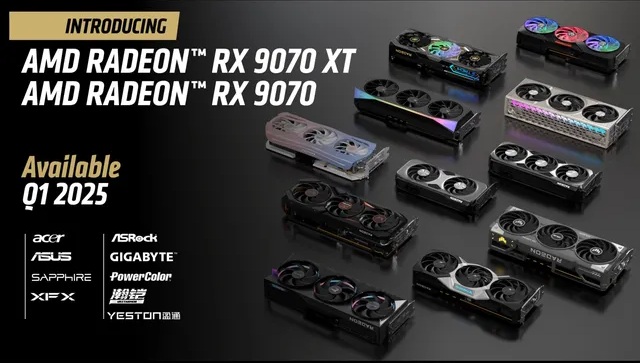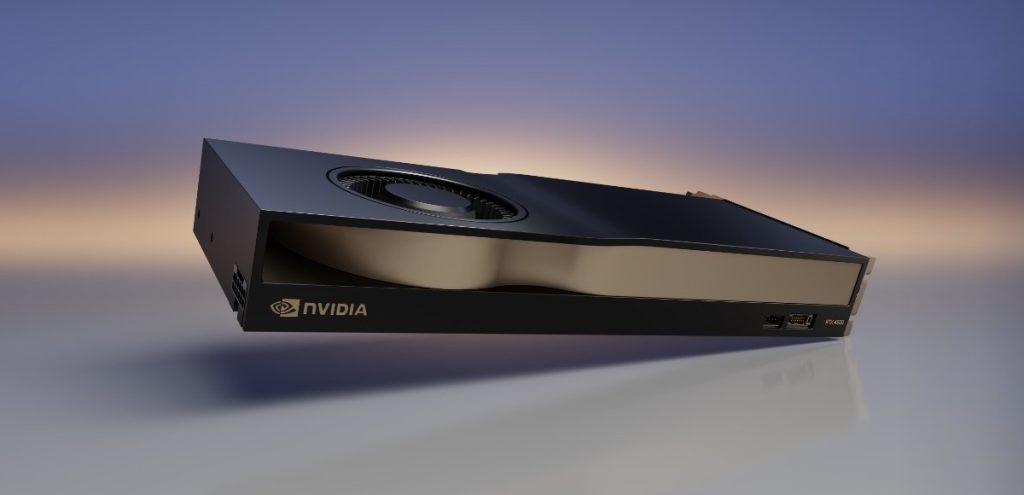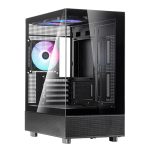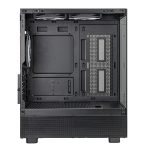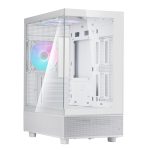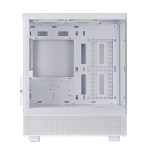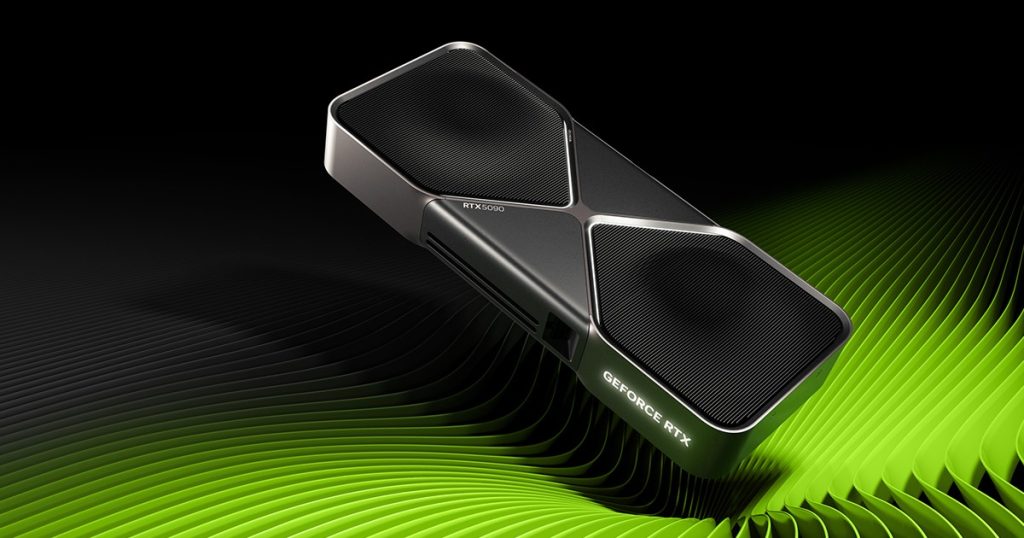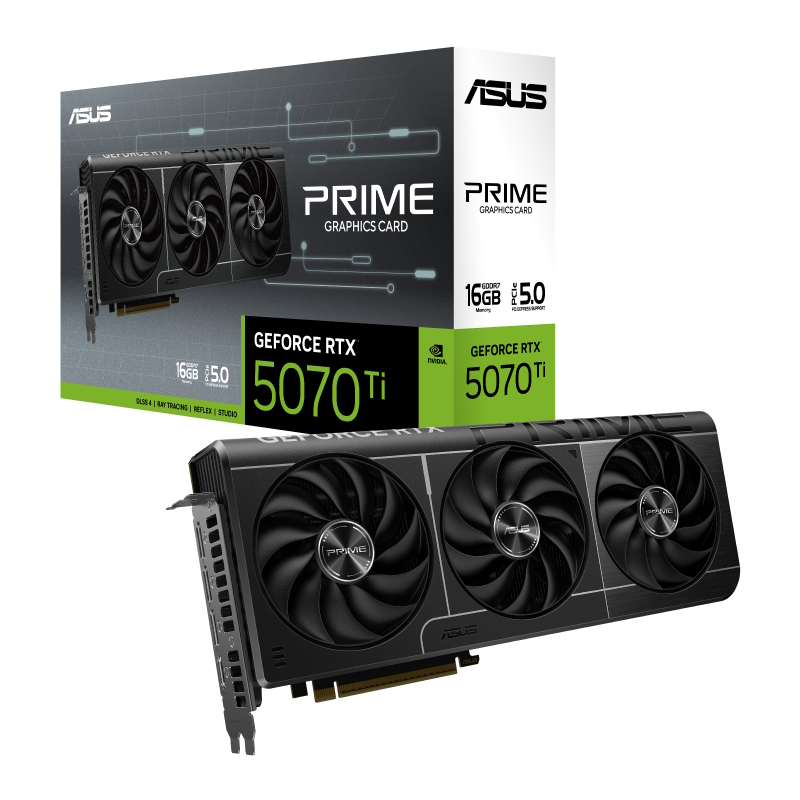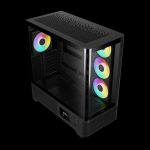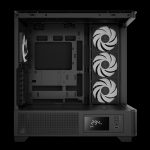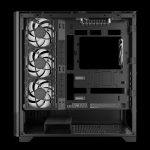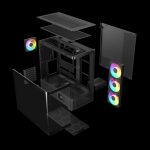New DDR5 world record has been set at 12726 MT/s
A new DDR5 frequency world record has just been set! Overclocker HiCookie recently beat the previous DDR5 record of DDR5-12698, achieving a whopping DDR5-12726 with a V-Color memory stick and a Gigabyte motherboard.
Renowned overclocker HiCookie, using the Z890 Aorus Tachyon Ice, pushed a 24 GB V-Color DDR5 memory module to a staggering 12,726 MT/s (6,363 MHz). This feat was achieved with timings of 68-127-127-127-2T, and a Core Ultra 9 285K CPU downclocked to 419 MHz with only two cores enabled. Liquid nitrogen was used to cool the memory.

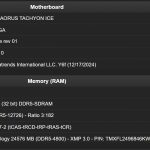
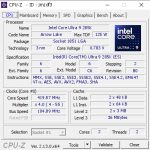
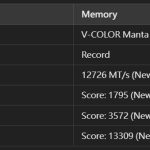
HiCookie praised the combination of the Z890 Aorus Tachyon ICE, the V-Color Manta Xfinity RGB memory module, and the Intel Core Ultra 9 285K CPU for enabling this record-breaking overclock.
This achievement marks a significant leap in DDR5 overclocking, surpassing the previous record of 10,600 MT/s set three months ago with the same motherboard. It highlights the rapid advancements in memory technology and the dedication of overclockers to pushing the boundaries.
KitGuru says: Do you think there's still room to push DDR5 memory speeds even higher?
The post New DDR5 world record has been set at 12726 MT/s first appeared on KitGuru.